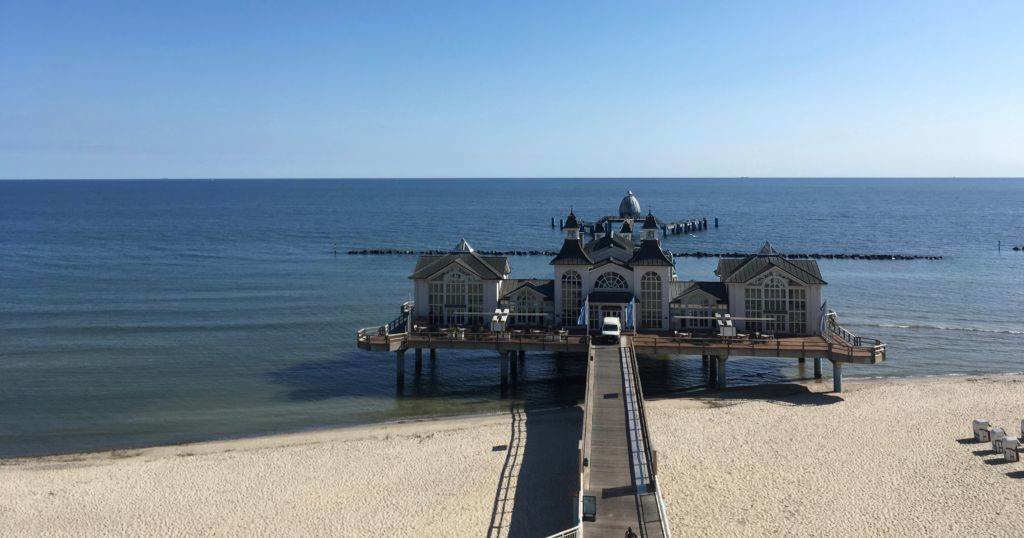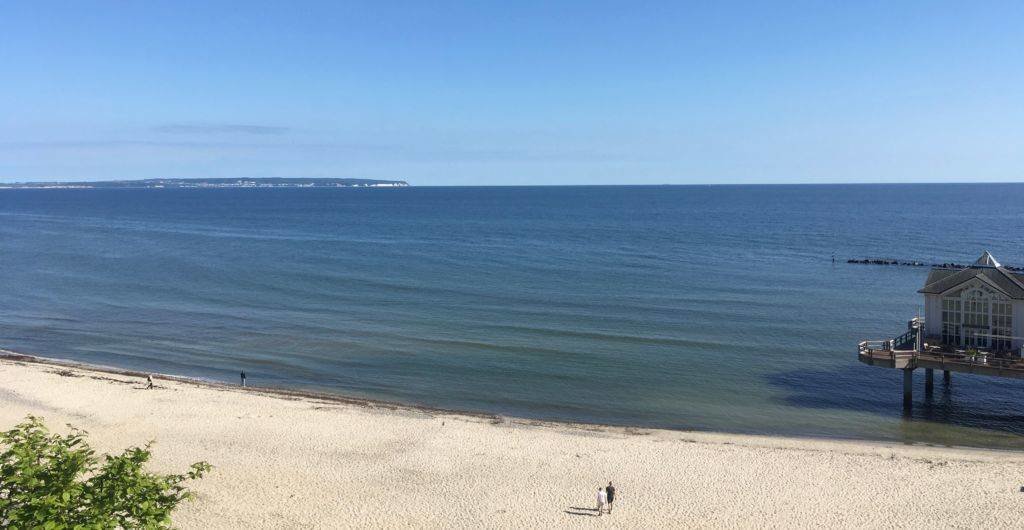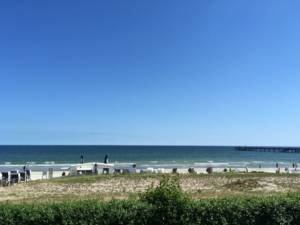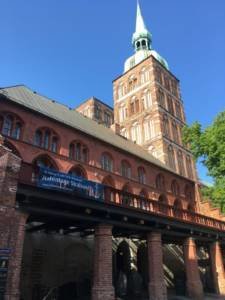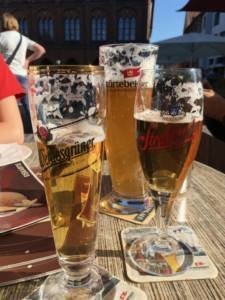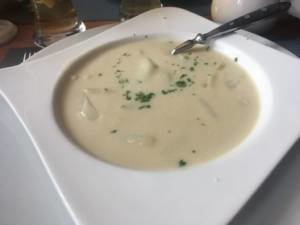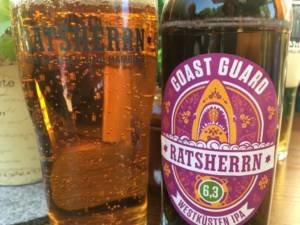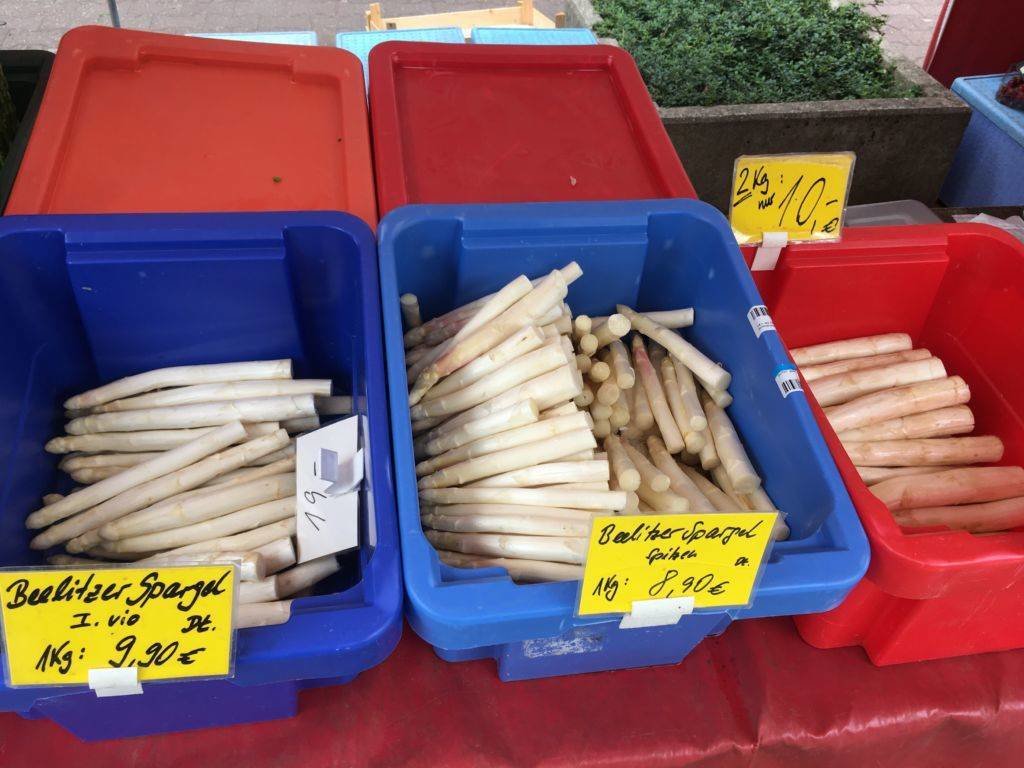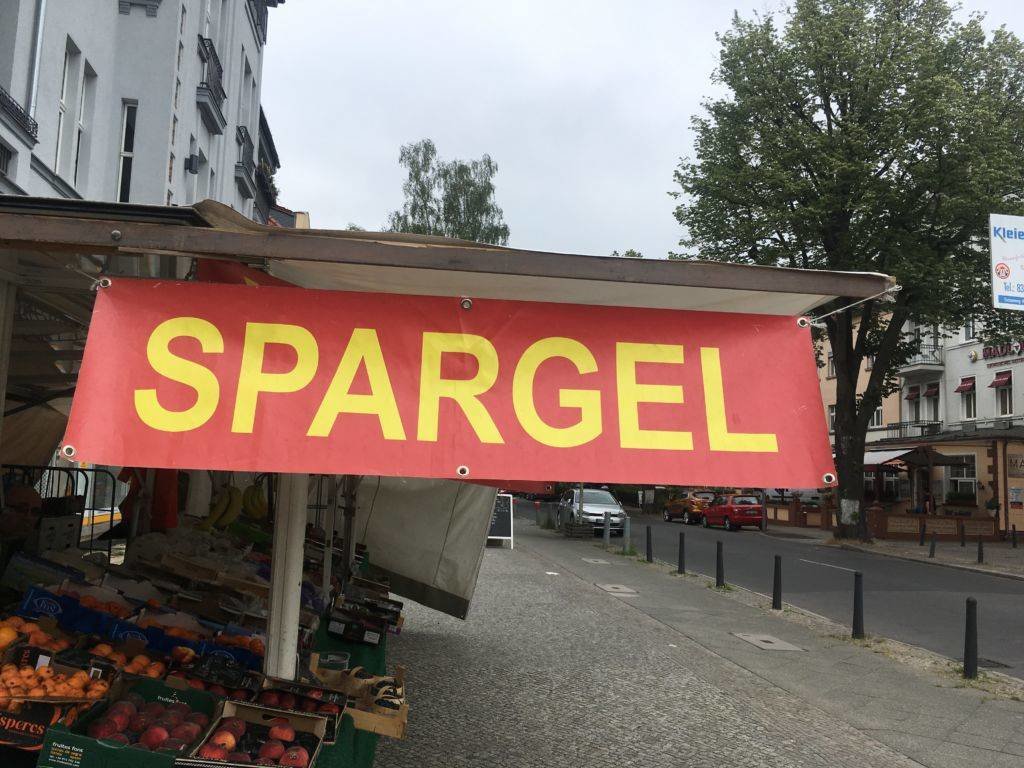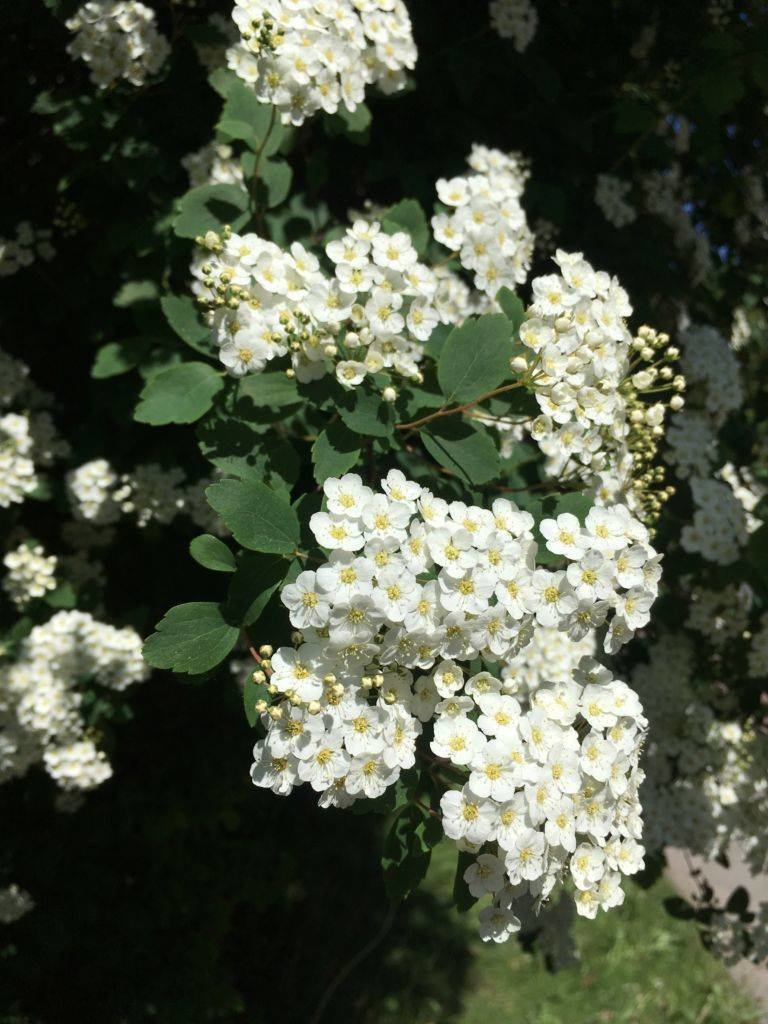Germany didn’t really have a spring this year; winter turned very abruptly to summer. Suddenly, lilacs were in bloom everywhere — parks, in the streets, along train embankments — filling the air with sweet fragrances. This is also the season for white Beelitzer asparagus and strawberries. Germans like them so much that towns and cities are dotted with “strawberry shacks,” and “asparagus shacks.” Restaurant menus reflect the newly-arrived produce as well, most of them featuring an “asparagus menu” with soup and entrées to celebrate its delicate flavor.
Spring is also the time for Germans to travel north, to the Baltic Sea and the beautiful island of Rügen. So, I followed suit and took advantage of visiting relatives to discover some of the treasures of the seaside.
Enjoying Sellin’s architecture and breathtaking seascape
Many towns on the German Baltic coast changed dramatically with the European fashion of sea bathing in the late 19th century, and attractive Sellin is one of the best examples. A local aristocrat decided to transform this sleepy fishing village into an Ostseebad, a sea resort on the Baltic Sea. The beautiful 19th century hotels and villas of Wilhelmstraße have all been beautifully restored and modernized since German Reunification. Delicate details, such as turrets and bay windows, grace the white façades. The tree-lined streets are still paved with cobbles, adding to its antiquated charm. The pre-WWI beach architecture and indeed the entire environment bring us back to earlier days, when aristocracy and bourgeoisie came here to take the waters.
We walked up Wilhelmstraße, toward the white sand beach. The landscape from the top of the giant dune is stunning. To the North, the white chalk cliffs of Jasmund National Park shine in the morning sun. Closer to Sellin is a landscape of sand dunes, topped with forested areas, that dazzle the eye. And to the East, nothing but the open sea. In this sunny morning, everything is in shades of blue, green and white.
On the beach below, to the right of the old pier, lines of strandkorbs invite tourists to a lazy afternoon by the sea. These comfortable beach chairs offer protection from wind and sun. It is difficult to resist the temptation to grab a good book and spend the rest of the day here.
The wooden pier has been restored to its ancient glory, allowing for leisurely strolls. In the spring, the Baltic Sea is still too cold for swimming, therefore only dogs play in the water.
On the pier, a magnificent restaurant invites to a lovely pause in the walk. Time to enjoy tasty asparagus and seafood dishes, surrounded by gorgeous scenery! Or simply quench your thirst with a local bier.
Binz, a spa town
Binz is bustling with animation during spring weekends. Many people come here for the spa treatment facilities, and most notably, the Grand Hotel Kurhaus. Along the seaside promenade, the beach is amusingly divided in sections: people with clothes, people without clothes, and the dog area. Follow the signs to your preferred location!
The architecture in Binz is quite different from Sellin’s. Here, grand villas of different styles grace the beachfront, half hidden behind trees and leafy garden edges. Older buildings have been restored to their ancient glory. And most villas have been transformed into modern hotels and rentals. A perfect spot for lazy strolls along the sea while enjoying the fresh air, with seagulls screaming overhead and the cold waves quietly licking our feet.
History and Gastronomy in Stralsund
Ready for some Hansa history and a bigger town, we then headed to Stralsund, on the mainland. This town was one of the most successful of the Hansa League. Its prosperity lead the construction of a strong city center, which is still surrounded by some of the medieval walls and entrance towers. The 15th century Kütertor takes visitors into a maze of narrow streets, and eventually to the old market square. While there are many examples of the Northern European brick gothic style in the area, what awaits us here is surely unique: the city hall or Rathaus. Stralsund masons were true artists. A lace of brickwork adorns the upper half of the edifice and a delicately hollowed façade defies gravity, embellished with thin turrets. Politics, maths and art were united to create this graceful building.
My favorite restaurant during this trip was Zur Kogge, in Stralsund. We started our dinner with their asparagus soup. Since this soup is widely available, I have been ordering it a lot in the past weeks. Although none can beat the one I tasted at Dreimäderlhaus in Potsdam [Hermann-Elflein-Straße 12, 14467 Potsdam], this was a close second. Our hardy fish entrées were prepared in a traditional manner, proving once more that using fresh ingredients is the key to great cooking.
Zur Kogge, Tribseer Str. 25, 18439 Stralsund. Although, this may not be the most popular restaurant in Stralsund, try to reserve a table . Beware, portions are extremely generous!
Asparagus Extravaganza
Germans are asparagus fanatics. Their favorite is the Beelitzer Spargel, cultivated in the small town of Beelitz, about one hour from Berlin. The Beelitzer is a white asparagus, quite thick, with an aftertaste of walnut. Last March, the European Commission granted this asparagus the EU seal “Protected Geographical Indications (PGI)” —a label of origin and quality.
Each year, newspapers note its arrival at farmers’ markets, usually in April. Asparagus season also marks the end of winter, a time to rejoice indeed, as German winters are long and cold. The season lasts until June 24, the beginning of summer. Gourmets only have a few weeks to order it from the “Asparagus Menus,” or cook its delicate flesh at home.
Quick, Easy Asparagus Recipe
Serves 2
Peel the asparagus stems and boil for 10-15 minutes
For the sauce: mix 1 cup plain yogurt, 2 tablespoons mayonnaise, a crushed garlic clove, some parsley, a pinch of curry, salt and pepper to taste.
Dip the asparagus in the sauce. Enjoy with a red wine from the Franken region!
The atmosphere during this entire Baltic Coast outing was extremely restful, focused on enjoying the changing landscapes, and absorbing German culture. Locals come here to get away from the crowded cities, relish the seaside and the sun, in a setting that is completely different from the rest of Germany. https://ruegen.de



